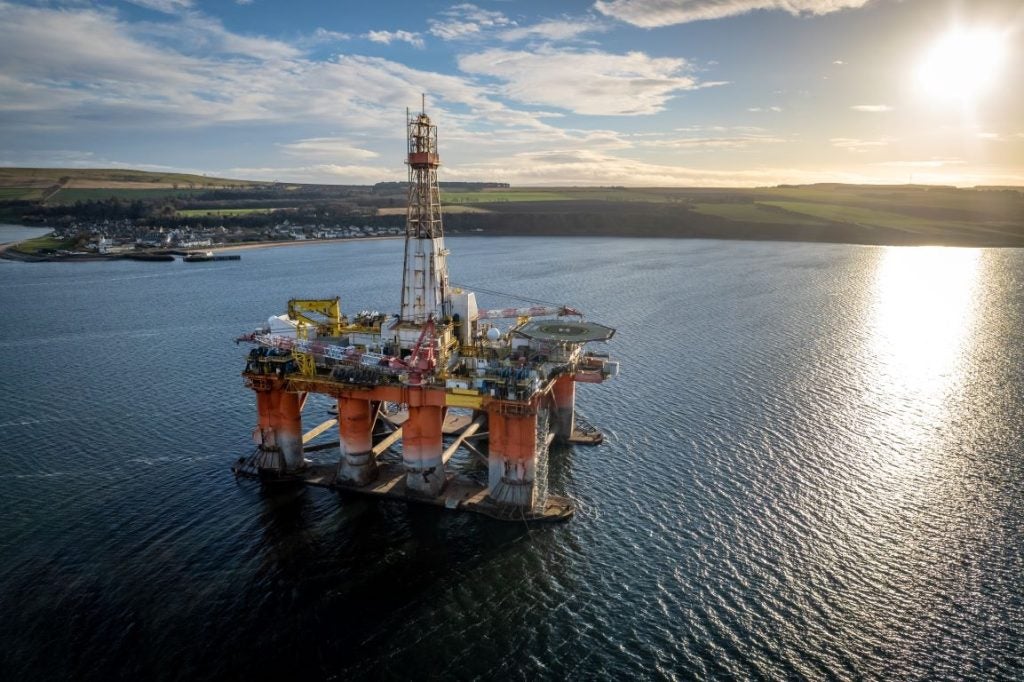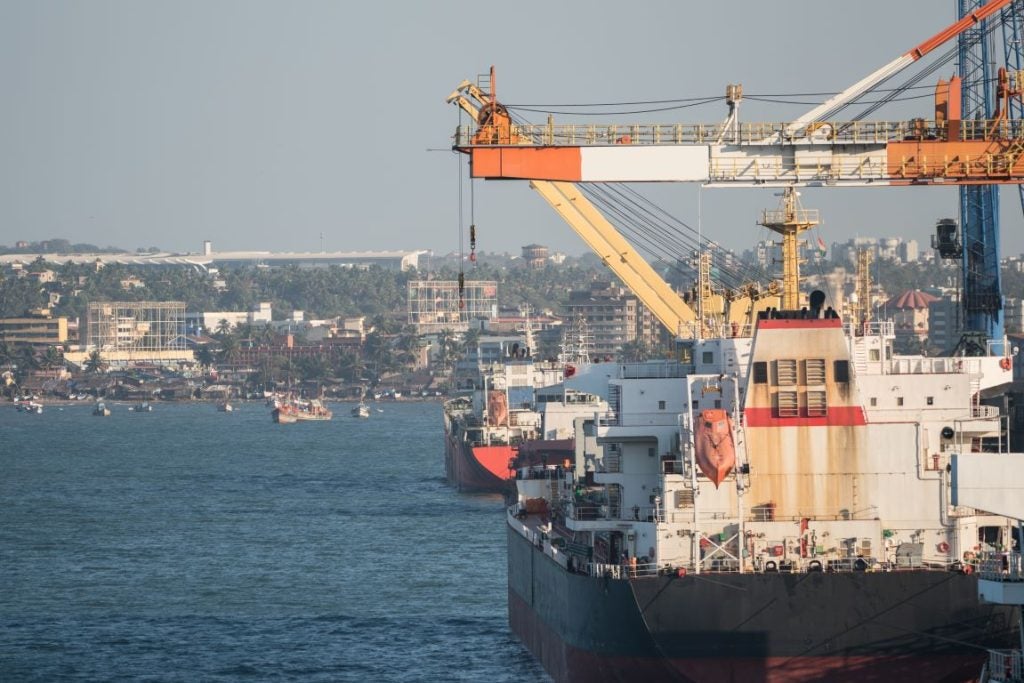
Major investment programmes from national oil companies (NOCs) are likely to have strong implications for the global oil and gas sector over the next five years. During this period, six of the leading players – Petrobras, PDVSA, Kuwait Petroleum Corporation, Sonatrach, Saudi Aramco and National Oil Corporation – will alone invest a combined $540bn in the energy sector.
The move follows the trend that 2009, despite the global financial crisis, saw continued investment and commitment from NOCs. A study from market analysis firm GlobalData shows that in addition to investing in the development of the country’s domestic upstream sector, NOCs are also increasingly investing across the crude oil and natural
gas value chain. Almost all leading national oil companies are looking to expand their refining operations and have major plans for refineries in both the domestic sector and abroad.
Reports also suggest that a more prominent focus will be put on integrating operations in the natural gas industry. NOCs of major natural gas-producing countries are expected to enter into LNG business during the period 2009-15. These national oil companies will venture not only into the LNG liquefaction industry but also into the LNG regasification industry.
Such expansion activities are strongly spurred by a number of factors. Resource-rich NOCs have been expanding operations domestically and in major consuming regions to secure markets for domestic production. Resource-poor NOCs, meanwhile, wish to expand operations in resource-rich countries to meet domestic long-term energy needs.
China and India
See Also:
The need to secure future domestic energy demands has led NOCs in Asian countries, most notably India and China, to aggressively expand operations through inorganic growth. Chinese national oil companies invested more than $33.8bn between 2003 to July 2009 in acquiring different assets around the world. During January to July 2009, Chinese NOCs spent more than $15bn on mergers and acquisitions activities.
How well do you really know your competitors?
Access the most comprehensive Company Profiles on the market, powered by GlobalData. Save hours of research. Gain competitive edge.

Thank you!
Your download email will arrive shortly
Not ready to buy yet? Download a free sample
We are confident about the unique quality of our Company Profiles. However, we want you to make the most beneficial decision for your business, so we offer a free sample that you can download by submitting the below form
By GlobalDataIndia has also been trying to increase its presence overseas, although not as aggressively as its Chinese counterparts. Indian NOCs have invested a combined $5.6bn between 2003 and July 2009, with the largest acquisition being that of Imperial Energy by ONGC Videsh Ltd for $1.89bn.
While being predominantly driven by state strategies and cooperation among the national governments, such partnerships also allow oil and gas companies to share expertise and improve operational efficiencies. With energy being a centre-point of growth for all countries, NOC-NOC partnerships tend to strengthen the economic ties between countries and will therefore be strongly supported by national governments in coming years.
The Chinese government’s recent loan for oil agreements is a shining example of the increasing role of national governments in promoting cooperation between NOCs. In total, China has spent approximately $45bn in different loans for oil agreements in 2009.
Categorising NOCs
The extent and type of international expansion a particular NOC is looking for depends upon the domestic oil and gas reserve holding and the country’s overall political and economic environment. NOCs can hence be put into three main categories based on reserve possessors, reserve seekers and indigenous developers.
Reserve possessors are major NOCs, such as Saudi Aramco and Gazprom, which are looking to expand into international markets. These companies generate huge profits from domestic oil and gas production and reinvest these profits in both the development of the domestic oil and gas industry and international projects.
The international operations of these companies are primarily driven by the aim of securing access to growth markets for their products.
Reserve seekers, on the other hand, are looking to acquire international upstream oil and gas assets in order to satisfy domestic energy needs. These companies – for example China National Petroleum Corporation (CNPC), Malaysia’s Petroliam Nasional Berhad (Petronas) and India’s Oil and Natural Gas Corporation (ONGC) – are willing to invest across the value chain for diversification. They also tend to buy oversees assets with the aim of reducing their country’s vulnerability to supply disruptions or price rises by exporting countries.
The third category of NOC is the indigenous developers, which keep operations concentrated on the domestic front. Such NOCs have been hit by years of underinvestment and corruption and are now looking to redevelop the domestic oil and gas sector – a major example would be Nigeria National Petroleum Corporation (NNPC).
Dominant future
NOCs control 75% of global oil and gas reserves and this alone signifies their vital role in supplying the world’s oil and gas needs. With energy demands expected to grow worldwide by more than 50% up until 2030, NOCs are comfortably positioned for steady growth in the future years in comparison to the international oil companies (IOCs). They are supported by huge domestic reserves and a strong backing from national government, and even resource-seeking NOCs are preferred partners for resource-rich NOCs over IOCs.
Between 2009 and 2015, the oil and gas industry will witness the growth of NOCs, which are likely to prove strong competition for established international players. The NOC’s role in the international market will steadily increase, driven by their expansion strategies and the long-term goals of the state governments.







